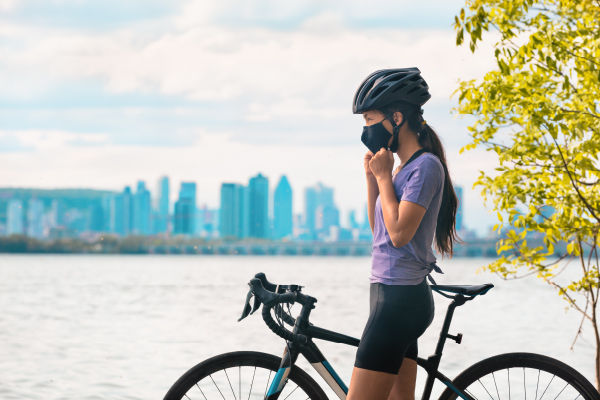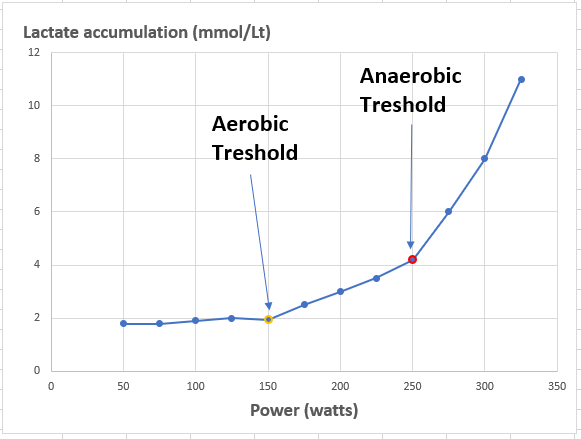Getting back in the saddle after COVID
- glabarca77
- Aug 10, 2022
- 2 min read
Like most people by now, I recently had COVID. While I had only mild symptoms (some coughing, headache, runny nose, and feeling a little lethargic), now that I am getting back to riding, I am seeing the real impact of having had the disease. I started to ride by myself once the symptoms subsided, I was still testing positive, but felt well enough to get on the bike. Since I felt pretty good before the ride, I was not expecting the experience I ended up getting.
First, my breathing was not 100% well. I noticed I needed extra deep gasps every now and then. While I was not short of breath at any time, I did feel I was not getting a lungful of air. The second issue I experienced worries me more as a cyclist. I noticed that at a level of effort where in the past my heart rate would have been only 110-114bpm, I was now showing 150 and over, leaving very little room to increase the effort and even less to sustain the higher effort for any period.

While I was dealing with COVID, I had not given much thought to getting back on the bike, I did not expect it to be any different from just being off the bike for a few weeks; maybe a little loss of fitness, a little stiff, nothing else. However, the reality is a little different and so I decided to look for medical literature that would address COVID and exercise. Below is a summary of what I found.
In this article, Soo Kim explains that the recommendation for exercising during COVID depends on the severity of the infection:
Those who are asymptomatic with a positive test or have mild symptoms are advised not to engage in exercise for three days and then start a gradual return, depending on how they feel.
Anyone with moderate symptoms is advised to refrain from exercising for five days and have a discussion with their physician about additional testing that may be warranted before a return to exercise.
Those who experience severe COVID-19 symptoms or were hospitalized due to the infection should consult with their doctor before resuming any exercise.
In addition to the direction above, The Cleveland Clinic proposes 7 phases or stages of progressive intensity that should be observed to have a safe return to your normal fitness activities.

(see the original Cleveland Clinic article here)
We all want to put this pandemic behind us, especially its impact on our normal lives and workouts. However, it’s very clear that we should not rush a return to high-intensity workouts, as there may be consequences not immediately obvious, and we should be careful to ensure we reduce the risk of potential long-term effects.
A final word: If you have any doubts consult with your physician, and make sure you are not taking unnecessary risks.




Comments